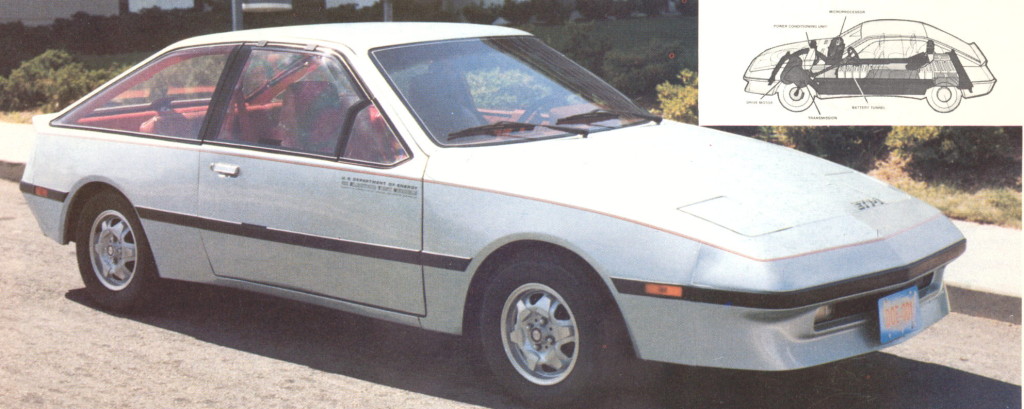Electric Car ETV-1
Johnson Controls supplies batteries for the ETV-1
August 10, 1979 (PD: 201308)
By the middle of the 1970s, high gas prices made many people think more seriously about the feasibility of electric-powered transportation.
One company that was involved in electric vehicle experiments since the 1960s was Globe-Union. After Johnson Controls and Globe-Union merged in October 1978, Johnson Controls continued work on electric and hybrid vehicle technology.
In an August 10, 1979 article, “The Future of Electric Cars,” the Little Rock Arkansas Gazette reported that the U. S. Energy Department announced the results of a $7 million research project to produce what was known as Electric Test Vehicle One (ETV-1). The car, developed by Johnson Controls, General Electric and the Chrysler Corporation, was built to enhance consumer and industry acceptance of battery-powered cars using advanced technology.
Designed for urban driving conditions, the ETV-1 had a 75-mile range, a constant highway speed of 45 mph, and a top speed of 60 mph with two passengers. Powering the ETV-1 were 18 high-energy density, advanced 6-volt lead acid batteries developed by Johnson Controls’ Globe Battery Division. The batteries incorporated a unique cell geometry which helped produce 25% more power than a conventional car battery of the time.

The upper right of this photo includes a diagram showing the ETV-1 drive train with 18 high-energy density Johnson Controls batteries

